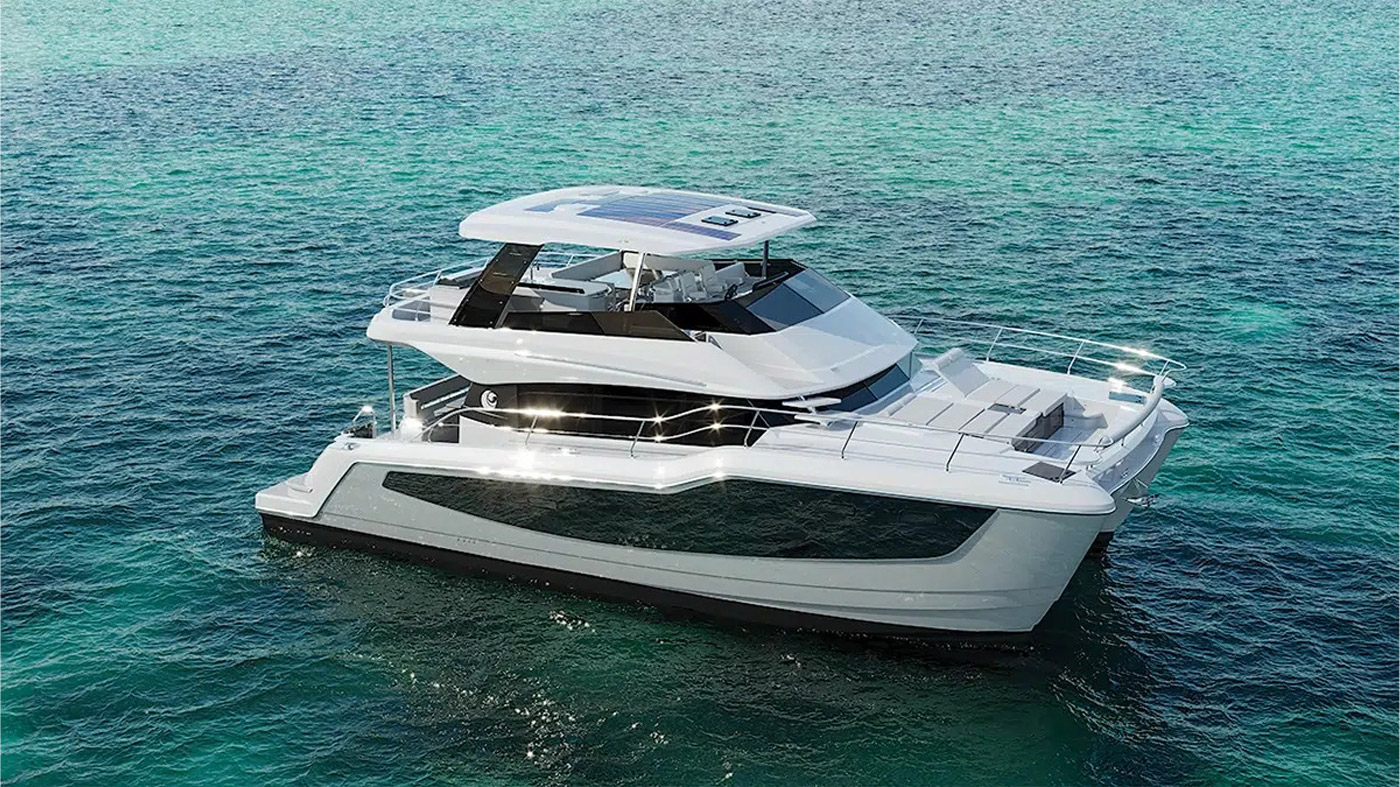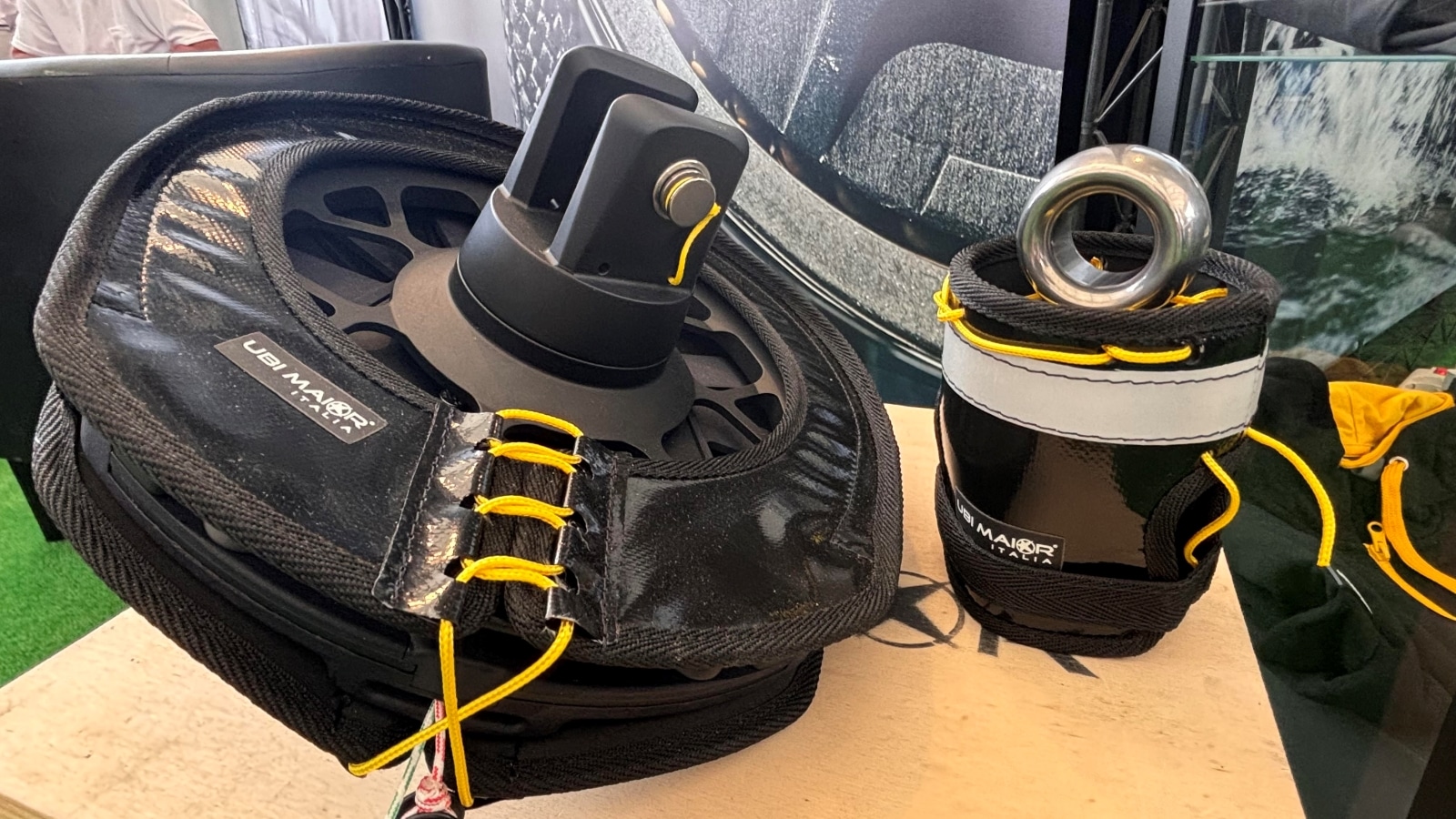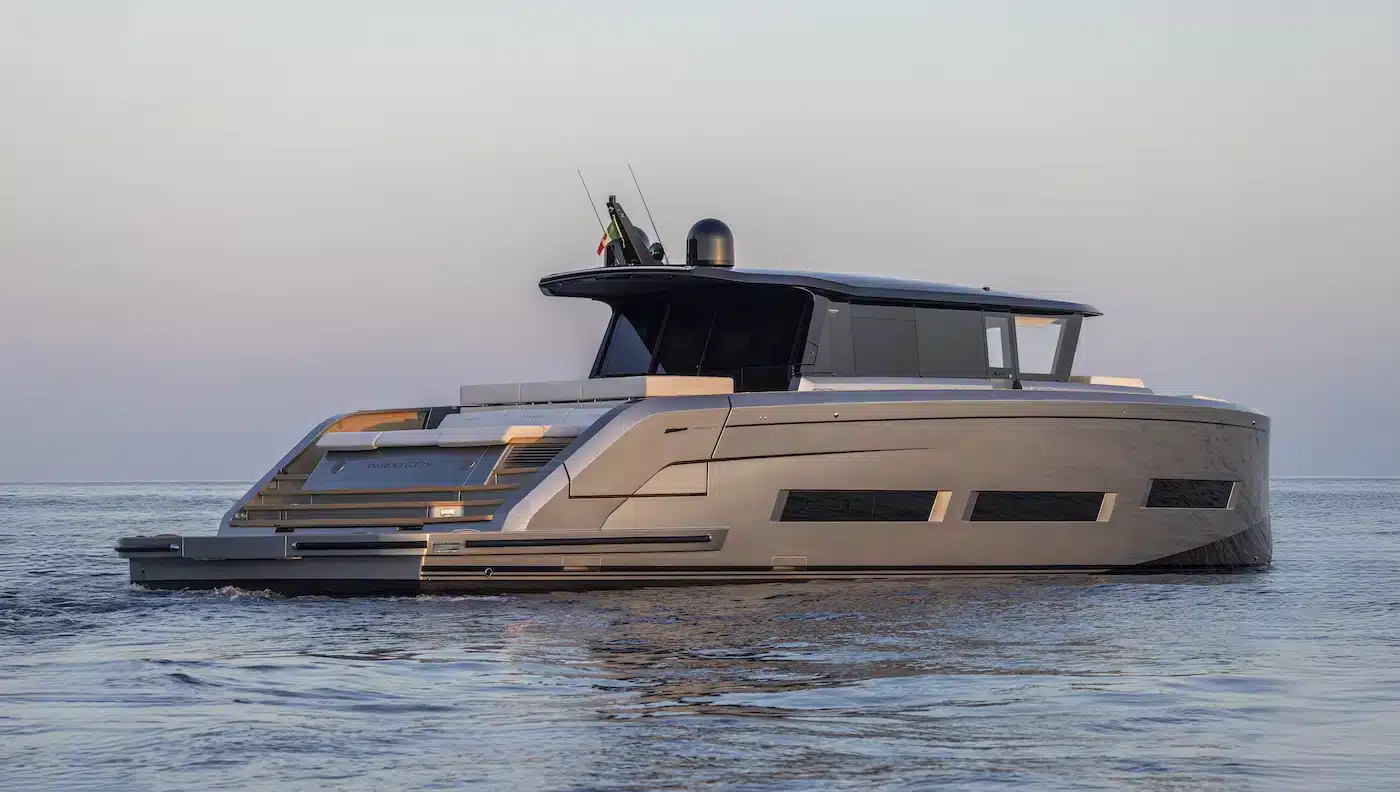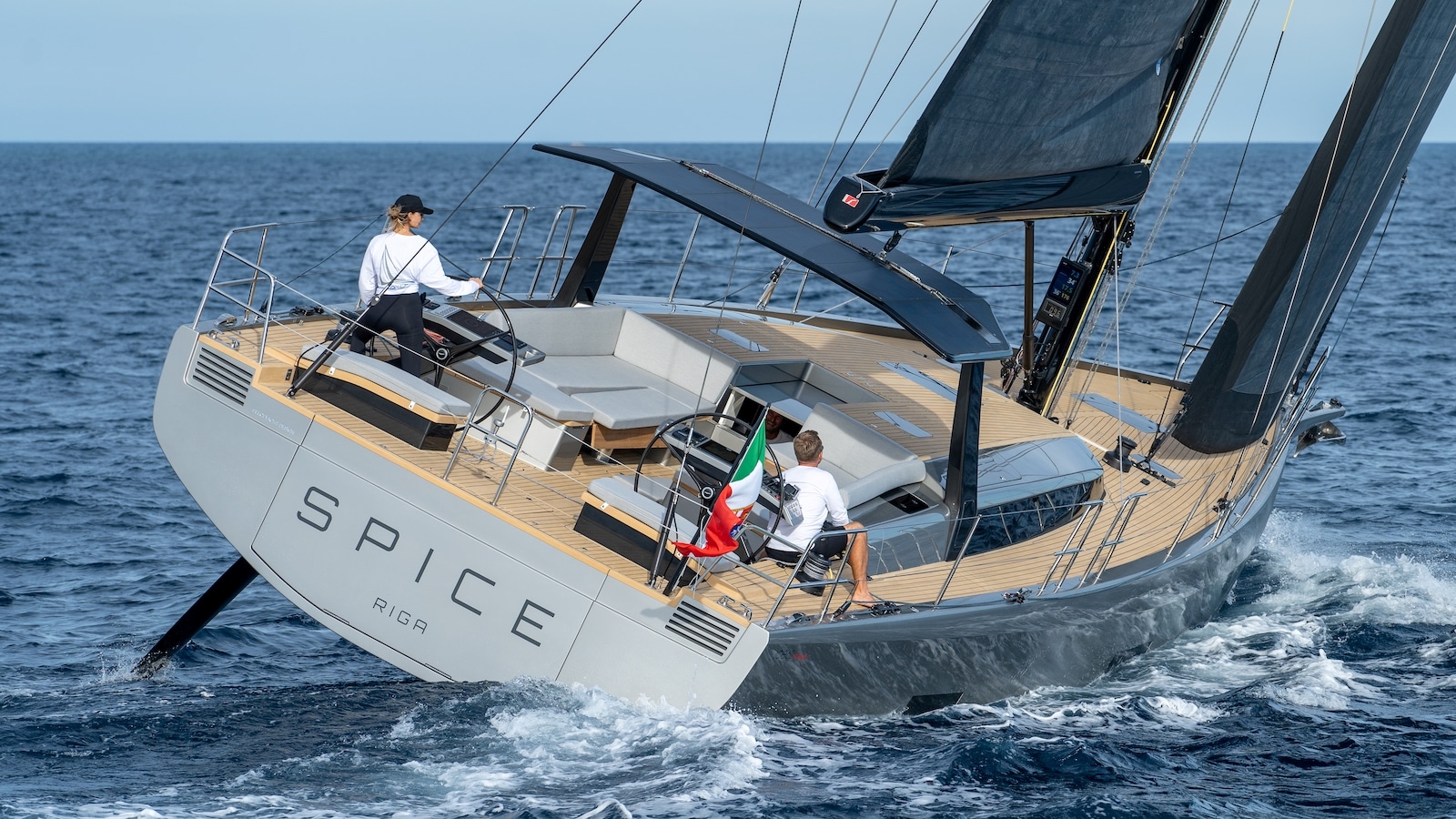Leggi l’articolo in italiano
Sea surface changes appearance, it becomes darker and, under the sun, a multitude of small ripples start to run. These are the symptoms of a squall. During races, many experts immediately understand and communicate to the helmsman its direction and the seconds it will take to produce its effects.
With a little time and experience, we, too, can learn to understand what’s going on and face squalls.
We know that the wind we perceive when sailing is an apparent one, that is the result between true and speed wind. When sails are well-adjusted and we’ve found the right balance, rudder becomes almost useless and only few corrections are sufficient to keep our sailing point.
When a squall occurs, wind suddenly blows stronger and something upsets the on-board balance. On our cruise boats, in fact, a sudden increase in wind strength doesn’t mean an immediate increase in speed. This inertia provokes an increase in the apparent wind, which moves towards the stern by offering the possibility to luff and regain water windward.
In practice, if squalls are not violent, we can use them to our benefit. Especially if the temporary increase in wind strength shares the same direction of true wind, it will be sufficient to follow the temporary movement of apparent wind towards the stern by luffing until jibs starts to head. When the increase in the boat speed, or the squall’s retreat, brings us to the original conditions, we’ll only need to bear away a little to keep sails in balance.
So, it’s a play between the helmsman and the wind, which, squall by squall, will lead us to regain some water windward, maybe while preventing us from overcoming a cliff.
But squalls can be harder and require more difficult maneuvers. A violent squall can make the boat heel a lot and rudder might be no enough to face it.
The first thing to do is to luff until the jib heads a little, by hugging the wind until the dead angle limit. Meanwhile, we have to move the traveller leeward in order to increase twisting and open the upper part of the mainsail to unload pressure.
Unfortunately, on modern boats, the mainsail traveller is often small and located in the central zone of the boom, which can provoke a loss in efficiency. In these cases, hauling the sheet again, if we’ve been forced to luff, is the best solution.


























